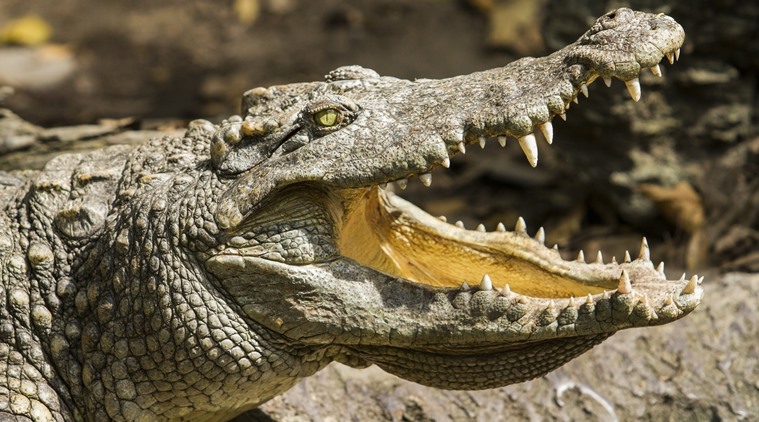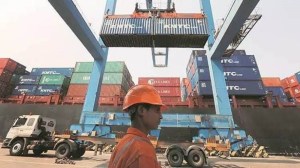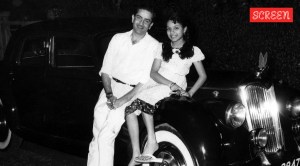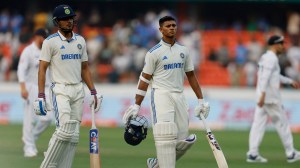Stay updated with the latest - Click here to follow us on Instagram
Mumbai crocodile: The predator sharing our living space
Crocodiles are powerful and scary, but most conflicts happen due to human greed or foolishness
 Crocodiles are one of the two alpha predators found in Mumbai.
Crocodiles are one of the two alpha predators found in Mumbai.
A quick Google search on ‘Mumbai crocodile’ tells us enough and more about our relationship with these reptiles. Six out of the nine results that appear on the first page are about “attack” and “scare”. That’s hardly a surprise. The crocodile is a large hunting machine, sharing the cramped spaces of an ever-growing city. It is one of the two alpha predators found in Mumbai, the other being the leopard.
The sight of a fully grown crocodile, with its powerful, ridged body, cold, beady eyes and snout that seems to perpetually wear a snaggle-toothed sneer, is enough to petrify any one.
The crocodile species found in water bodies in and around Mumbai is the Marsh Crocodile (Crocodylus palustris), which is also known as the Mugger, Muggar, Indian Swamp Crocodile and Broad-snouted Crocodile. It is found in freshwater habitats across India, as well as in Bangladesh, Pakistan and Sri Lanka. The name Mugger or Maggar is a derivation from the Hindi word ‘Magar’, which is itself derived from the Sanskrit ‘Makar’. Being ambush hunters, they prefer slow-moving shallow waters, so that they can lie in wait for their prey, which usually comprises fish, birds, small reptiles and mammals. A fully grown adult male can measure upto 15 feet, while the females, as with most reptiles, are significantly smaller. Given that they are cold-blooded, crocodiles can often be found on the banks of water bodies or on rocks, basking in the warmth of the sun. If it gets too hot, they burrow into the cool mud of the banks to stabilise their body temperatures.
In Mumbai, crocodiles have always lived in the Tulsi and Vihar lake, although Powai lake is also reported to have a good number of them. Unfortunately, there’s been not much reliable information on how many of these reptiles make the city their home. Pawan Sharma, founder and president of Resqink Association for Wildlife Welfare (RAWW) says, “The condition of our animals reflect how concerned we are about them. Mumbai has all the favourable conditions — money, manpower and enough qualified researchers — to conduct a proper study of the city’s crocodile population. But we don’t even have an idea of how many are there and what their spread is.”
Watch Video: What’s making news
Herpetologist Kedar Bhide says, “Marsh crocodiles don’t usually come into conflict with human beings. It’s the larger Estuarine crocodiles, which are found in the Sunderbans, which pose a threat.” Whenever there is a conflict, it because of human greed or foolishness.
“Look at the one that came out of Powai lake this year, using a road that the BMC had built for its own vehicles when its workers were cleaning out the lake,” says Sharma, “Often, despite warnings, people go swimming or fishing in these lakes and get attacked.”
Sharma says that crocodile sightings and rescue calls become common during the monsoon, whenever the city’s lakes overflow. Since this is a surplus monsoon year, it’s not surprising that some sightings have been reported from the Sanjay Gandhi National Park, he says.
“The crocodiles obviously don’t recognise boundaries and sometimes they get lost, and move from one water body to another,” he says, “Last year, we rescued a 11-foot crocodile from the Bhandup Water Treatment complex, which is located between Vihar Lake and Powai Lake. It was one of the biggest that we’ve rescued.”







